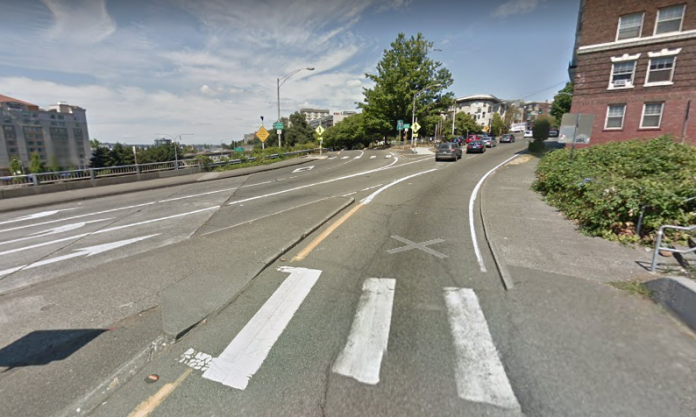The City of Seattle, via the Department of Neighborhoods, has just completed its first citywide experiment with participatory budgeting. In March, the department solicited ideas for relatively cheap improvements to parks and streets in Seattle neighborhoods and 900 ideas were whittled down; the top ones based on community-attended focus groups ended up on a city council district-based ballot in June. Now the winners have been announced, and these projects will be baked into the budget for next year and then constructed.
$2 million for the projects across all council districts led to a district cap of $285,000. Because there were some funds left over due to top projects coming in below this cap, an additional three projects were funded in district 1, 2, and 5–the three districts with the highest number of voters during the participatory budgeting.
Here are the winning projects for each council district:
District 1
- Adding a curb extension and temporary sidewalk using paint and planters south of the intersection of Delridge Way and SW Barton St, a street that currently lacks sidewalks.
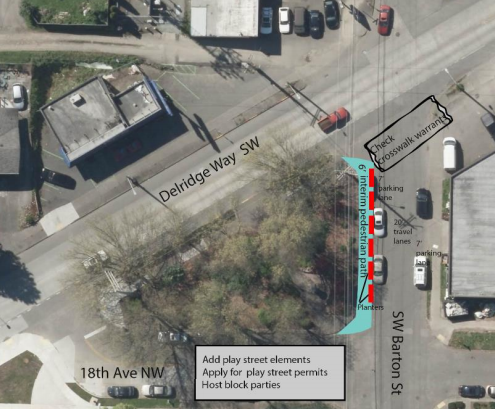
- Adding a fully signalized pedestrian crosswalk across Delridge Way at SW Oregon Street.
- Constructing a temporary sidewalk on the north side of SW Orchard Street in High Point between Delridge Way and SW Sylvan Way, where no sidewalk exists now.
- Adding crosswalks across both sides of 12th Ave S on SW Orchard Street in South Park and improving the traffic signals at 8th Ave S and Orchard to be more responsive to pedestrian traffic.
District 2
- Build four curb ramps on all corners of 39th Ave S and S Findlay Street in Hillman City. (Reminder: SDOT now has to construct over 1,200 curb ramps per year as a result of a court settlement)
- Adding pedestrian lighting at Rainier Ave S and S Rose Street.
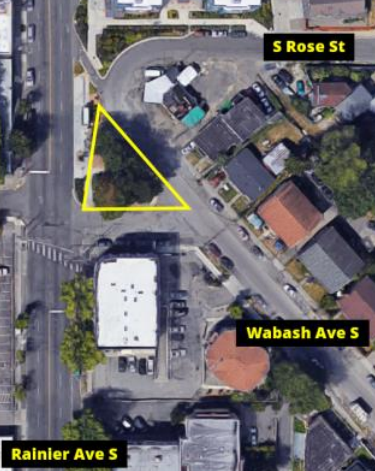
- Repairing sidewalks and gravel shoulders that are used by pedestrians on 39th Ave S south of S Juneau Street in Hillman City.
- Adding pedestrian lighting on S Henderson Street between MLK Way S and Renton Ave S.
District 3
- (Pictured above) Installing two new curb ramps on the south side of Olive Way at the I-5 onramp, and adding Rectangular Rapid Flashing Beacons (RRFBs) as exist on the north side of Olive Way.
- Installing a marked crosswalk at 17th Ave S and Yesler Way and adding a traffic circle at 17th Ave S and S Washington Street.
- Adding benches and improving the walkway in and out of Judkins Park at S Dearborn Street.
- Constructing two curb ramps, curb extensions, and a marked crosswalk across the north side of 19th Ave E at E Denny Way.
District 4
- Improving crosswalk signs at 5 intersections around Gas Works Park and adding a marked crosswalk at Burke Ave N and N 34th Street. Speed tracking signs would also be installed during the summer along Northlake Way.
- Improve crossings on N 40th Street at Densmore Ave N and one additional intersection, in conjunction with the repaving project taking place on N 40th Street in 2019.
- Adding a crosswalk on one side of 30th Ave NE across NE 55th Street.
- Adding RRFBs to 35th Ave NE at NE 80th Street.
- Installing two curb ramps and improving the pedestrian pathway near Magnuson Park at Sand Point & NE 70th St.
- Adding crosswalk signs in Magnuson Park near NE 74th St and 67th Ave NE.
- New speed limit signs on NE 55th St at 35th Ave NE.
- Construction of curb extensions and a pedestrian median island across Green Lake Way N at N 48th Street.
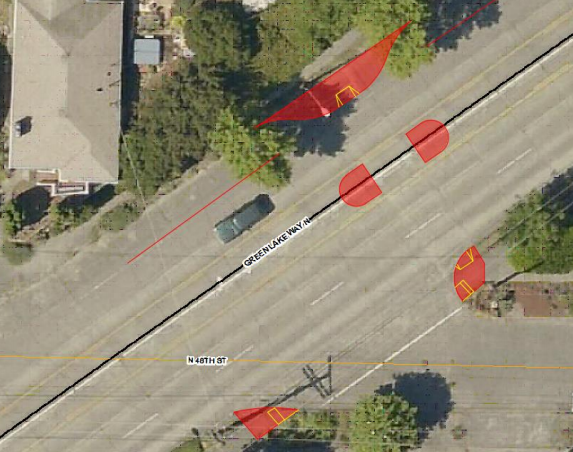
District 5
- Install a RRFB at Lake City Way and N 130th St, and add curb bulbs to prevent parking at the intersection.
- Adding speed humps and additional signage on NE Ravenna Boulevard near NE 98th Street.
- Unspecified improvements at this point near Hazel Wolf School in Pinehurst, in conjunction with Safe Routes to School and Greenways funds.
- Low cost sidewalk alternatives near Broadview-Thomson K-8 school along 132nd Ave NE.
District 6
- Adding all-way stop signs at the intersection of Leary Way NW and 20th Ave NW.
- Adding additional signage to aid crossing at N 50th St and Whitman Ave N.
- Installing RRFBs and adding two curb ramps at Dayton Ave N and N 50th Street.
- Addition of a curb bulb to the intersection of Corliss Ave N and N 80th Street.
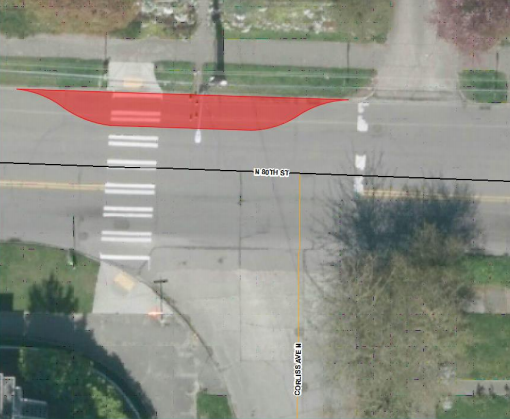
- Adding wheel stops at 14th Ave NW and NW 95th Street to delineate pedestrian space and calm traffic.
- Installing an audible crossing signal across 24th Ave NE at NE 70th Street.
District 7
- Adding curb bulbs at 3rd Ave W and W Galer Street (but no marked crosswalk), marking crosswalks at 6th Ave W and W Crockett Street, and Queen Anne Ave N and W Howe Street.
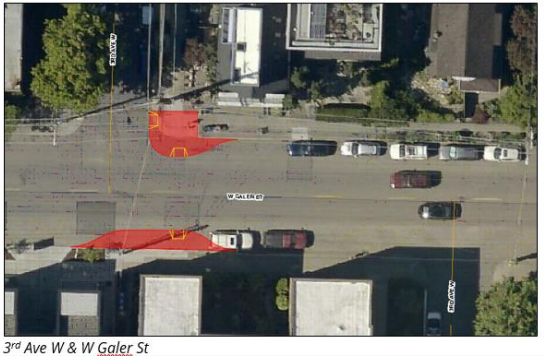
- Constructing curb ramps and and reconstruct the crosswalk to reduce crossing distance at one corner of Queen Anne’s infamous 7-way intersection at Raye Street and 4th Ave N.
- Adding a crosswalk and installing a RRFB at 1st Ave N and Thomas Street near the Seattle Center.
Across all seven council districts, 7,737 people voted for the projects they wanted to be selected, or just 1.7% of registered voters in the City of Seattle, although it should be noted Seattle residents 13 and older could participate, meaning the pool of potential participants was larger than the pool of potential voters. The top project in District 3 only had 240 people voting for it.
Typically projects of this size have a yearly funding cycle, with new projects getting picked every year and implemented the following year. This participatory budgeting process represents an attempt to broaden the voices heard in the process of selecting street improvements. Based on the geographic distribution of most of the projects selected, it’s not clear if this process has resulted in projects that are more focused on equity and need. We will see if further iterations at trying participatory budgeting achieve what this first attempt tried to do.
Ryan Packer has been writing for The Urbanist since 2015, and currently reports full-time as Contributing Editor. Their beats are transportation, land use, public space, traffic safety, and obscure community meetings. Packer has also reported for other regional outlets including BikePortland, Seattle Met, and PubliCola. They live in the Capitol Hill neighborhood of Seattle.

